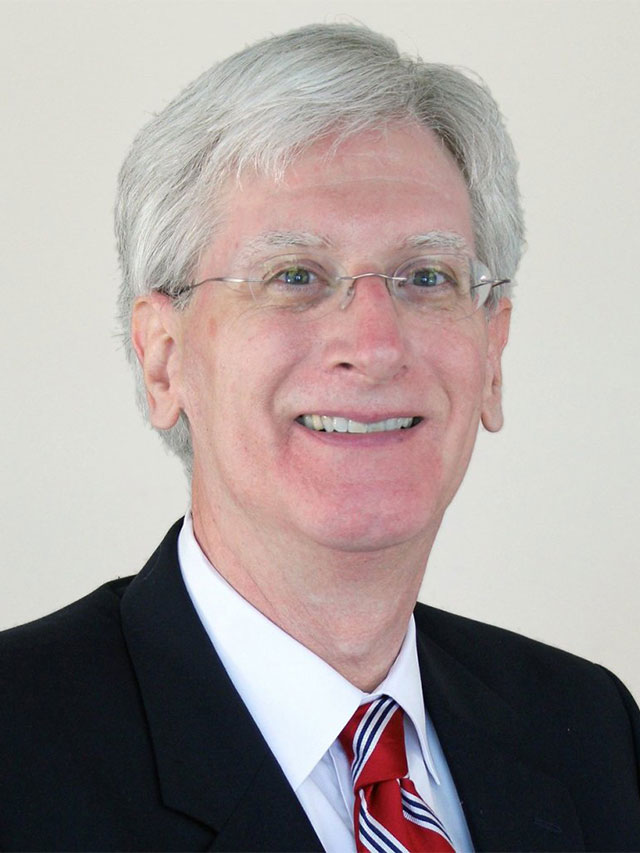“Ad-libs” by John Foust
“Willing suspension of disbelief” is a cornerstone of entertainment. The term was coined in 1817 by poet Samuel Taylor Coleridge, author of “The Rime of the Ancient Mariner.” It refers to the fact that an audience must temporarily suspend rational judgment in order to enjoy a story or presentation.
The person on the screen is an actor, not the actual person he or she is portraying. People who wear capes can’t really fly. The woman in a magic act isn’t really cut in half.

Suspension of disbelief is a good thing. We do it with ease. It makes mystery novels interesting. It makes ghost stories around the campfire more fun. And it keeps us on the edge of our seats when we go to action movies.
All of this is fine in the entertainment business, but things are different in the real world. Consider this profession of advertising. Suspension of disbelief is not necessary. It’s an ad creator’s job to encourage willing belief. Here are three points to keep in mind:
1. Tell the truth. It all starts here. Once someone catches a person in a lie, it’s hard to believe anything else that person says. The same goes for advertising. Stretch the truth and pay the price in the marketplace.
Of course, there are laws protecting consumers from bait-and-switch promotions and other deceptive schemes. But what about exaggerations and unsubstantiated claims? Although most of them are not technically illegal, these seemingly innocent copy techniques can be just as misleading.
Consumers are confused when competing advertisers each claim to be the “best.” And they are suspicious when every sale is promoted as “the biggest sale in our history.”
2. Use evidence. Just like attorneys are well armed with facts to back up their positions in the courtroom, advertisers should support their claims with evidence. Saying, “This new widget will save money” is not nearly as effective as saying, “The XYZ Board’s tests show this new widget can save up to 10% on your energy costs.”
A testimonial is another form of evidence. To be believable, testimonials should feature real customers, not professional actors. Real customers add authenticity to marketing campaigns, because they have actually used the advertised product.
3. Focus on benefits. Every advertiser wants people to believe their products and services are the right choices. The fastest way to do that is to talk in terms of benefits.
Benefits generate belief. Think of the things you have bought for yourself. Every purchase was based on the benefits those things would provide. You chose Residence A over Residence B, because it offered better features, location and/or price. Car A was a better fit for you than Car B, so you chose Car A.
Willing suspension of disbelief and willing belief are both based on trust. When we go to a movie, we say, “I trust you to entertain me.” And when we encounter the right kind of advertising, we say, “I trust the information in this ad to be reliable.”
Copyright 2019 by John Foust. All rights reserved.
John Foust has conducted training programs for thousands of newspaper advertising professionals. Many ad departments are using his training videos to save time and get quick results from in-house training. Email for information: john@johnfoust.com



